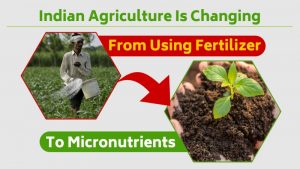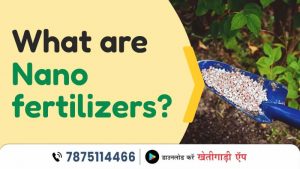Generally, soil pH is probably fine if you see that plants are growing well and healthy. But as a gardener, testing soil pH is recommended to clearly measure the acidity or alkalinity of the soil. It is especially imperative if plants are not growing optimally or if they are having some nutrient troubles, looking sickly or languishing.
Read our guide below on how to test soil pH yourself so you can be more prepared for cultivating your plants optimally. What Is Soil pH? As you may remember from chemistry class, pH is a measurement used to specify how…
What Is Soil pH?
pH is a measurement used to specify how acidic or basic something is. In gardening, we want to ensure our fertilizer is the right balance on that scale for what we are growing. You can measure soil pH on a scale of 1 to 14. The neutral mark is 7 and pH value below 7 is considered acidic, while a value above 7 indicates alkalinity. Alkaline soils are sometimes referred to as sweet and acidic soils sour.
How To Test Soil pH?
Some gardeners throw limestone in their lawn each year out of habit to increase the soil’s pH but are not quite sure whether or not the soil is really acidic. Trial and error is a dangerous move. Test your soil’s pH first before doing any adjustments.
You can purchase various types of pH testing kits online or in a garden center nearest you. Once you determine your pH, you can start gradually adjusting it.
What to Apply: Limestone or Sulfur?
Adding limestone to the soil raises the soil pH. But apart from reducing soil acidity, limestone also raises the calcium level in the soil. Dolomitic limestone is known for its ability to also increase the magnesium level in the soil. Many gardeners use ground limestone because it’s economical but others prefer pelletized limestone since it is less dusty.
You may start applying limestone as long as the ground is not frozen. If possible, integrate the limestone into the top six to eight inches of soil. If you must use over 10 pounds of ground limestone for every 100 square feet, limit the application to the soil surface. Do a split application.
For reading more agriculture-related blogs and updates, keep visiting our khetigaadi.com. It gives you latest updates in tractors and agriculture mechanism.
Visit our page for more information about Tractor, Agricultural implements, Tractor Price, Tractor Videos, and Tractor Games.
Other Related Articles:


